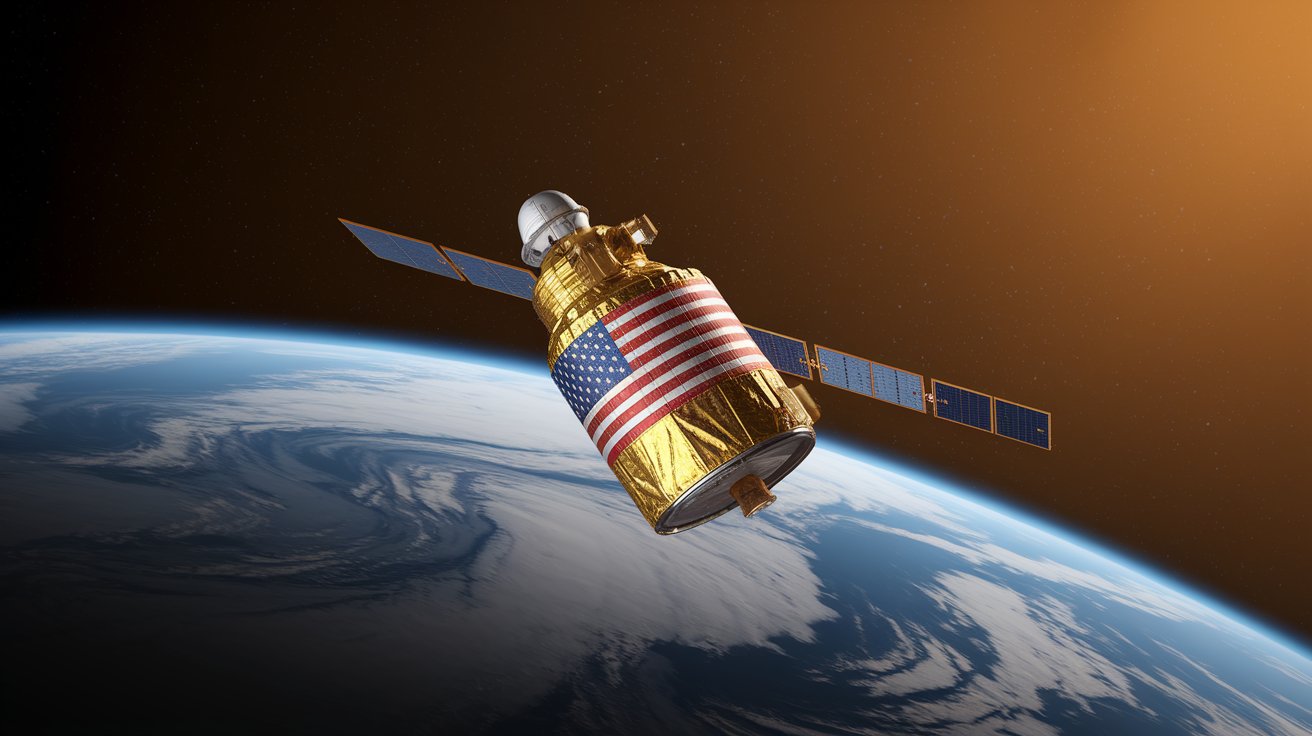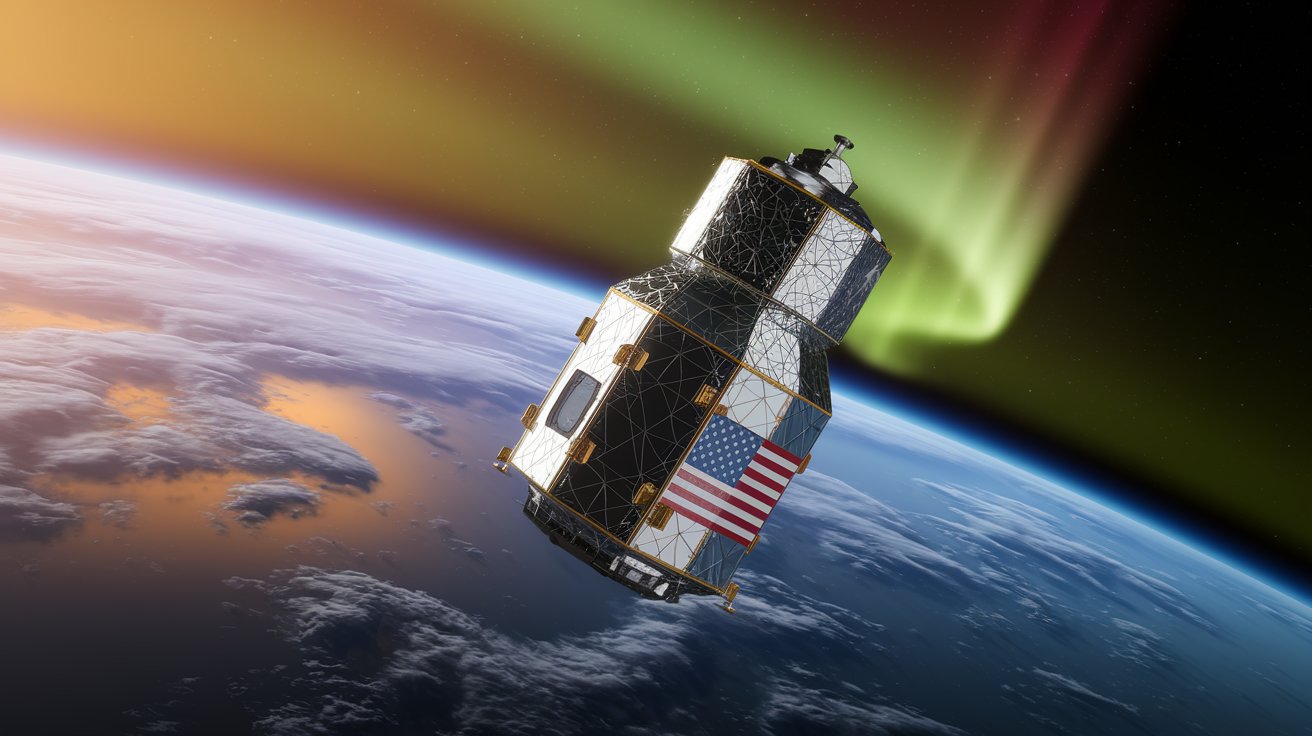As the global space economy enters a new growth phase, the small satellite market is poised to scale exponentially—driven by advancements in miniaturization, demand for Earth observation, and broadband connectivity. However, the aftershocks of the Trump-era tariffs still ripple through the supply chains that feed this dynamic sector. Originally designed to protect U.S. manufacturing, these tariffs have had unintended consequences for satellite manufacturers, particularly in the small, mini, micro, nano, and CubeSat segments. This post explores how these geopolitical moves have reshaped pricing, partnerships, and innovation trajectories across key subsystems, orbits, and end-use sectors.
1. The Trump Tariffs: A Quick Recap
Between 2018 and 2020, the Trump administration enacted a series of tariffs on imported goods—particularly from China—impacting components used in high-tech industries, including aerospace and satellite manufacturing. Tariff rates as high as 25% were imposed on critical electronics, precision metals, solar panels, antennas, and avionics.
Request US Tariff Impact Analysis Now @ https://www.marketsandmarkets.com/forms/ctaTariffImpact.asp?id=150947396
For small satellite manufacturers, many of whom source components globally to reduce costs, these measures led to:
-
Rising CapEx due to increased material and part costs
-
Delays in production as companies scrambled for alternate suppliers
-
Shift in manufacturing geographies to tariff-exempt regions
2. Subsystem-Level Impact
Satellite Bus & Payloads:
The satellite bus, which forms the backbone of any small satellite, saw cost inflations of 8–12% due to tariff-driven price hikes on imported aluminum alloys, radiation-hardened chips, and structural components. Payload development, often tailored to specific missions, experienced slower timelines as companies revalidated alternate component suppliers.
Solar Panels:
The solar panel tariffs hit smallsat providers especially hard. Many relied on high-efficiency cells from Chinese and Southeast Asian vendors. The added costs forced companies to either absorb the margin hit or pass it on to customers, making U.S.-built small satellites less competitive in the global market.
Satellite Antennas:
Antenna technologies, critical for communications and Earth observation, were subject to tariffs that raised unit costs by an average of 10–15%. Emerging U.S. startups developing phased array antennas faced intense financial pressure.
3. Orbit-Specific Effects: LEO and Beyond
LEO (Low Earth Orbit):
Most smallsats, including CubeSats and microsats, are deployed in LEO for broadband, imaging, and IoT applications. The LEO segment was disproportionately affected due to the sheer number of components needed for constellation builds. Tariff pressures slowed rollout schedules for mega-constellations, compelling firms like OneWeb and Starlink to explore more domestic sourcing.
MEO, GEO, and Other Orbits:
While fewer smallsats occupy these orbits, the impact of tariffs on MEO/GEO-capable propulsion subsystems and radiation shielding materials led to elevated mission costs, limiting market accessibility for smaller firms.
4. Application and End-Use Trends Post-Tariffs
Defense and Government:
Governments, particularly the U.S. DoD and NASA, moved to prioritize domestic sourcing and invested in small satellite programs resilient to supply chain shocks. This spurred innovation in secure supply chains and gave rise to U.S.-centric manufacturing hubs.
Commercial Sector:
Private smallsat operators were squeezed on both ends—higher component costs and a more competitive global market. Some opted for joint ventures in non-tariff regions like India and Brazil to bypass cost pressures.
Academic and Research Institutions:
Universities and research bodies, traditionally budget-constrained, faced serious hurdles in CubeSat development. Many projects were delayed, downsized, or canceled due to funding shortfalls triggered by cost hikes.
5. Frequency Band and Regional Analysis
Frequency Considerations:
Tariff impacts on RF components, oscillators, and frequency modulators affected payloads operating in X, Ka, and S bands. This led to renewed R&D investment in alternative tech and component reengineering to align with trade restrictions.
Regional Shifts:
-
North America saw reshoring and supplier diversification.
-
Europe maintained stability, benefiting from transatlantic partnerships.
-
Asia-Pacific—especially Japan and South Korea—gained traction as alternate sourcing hubs.
-
China, both a key supplier and a rising smallsat player, focused on domestic resilience and vertical integration.
6. Strategic Outlook to 2029
The small satellite market is forecast to grow at a CAGR of 16–20% through 2029, with LEO constellations and Earth observation services as primary drivers. However, the industry’s trajectory will be shaped not just by demand, but by how companies:
-
Mitigate geopolitical risks through supply chain realignment
-
Invest in domestic manufacturing and vertical integration
-
Leverage Free Trade Agreements (FTAs) to reduce tariff exposure
-
Push for trade policy reform in a post-Trump political landscape
Key Takeaway:
The Trump-era tariffs served as a wake-up call for the small satellite sector, highlighting the fragility of globalized component sourcing. Going forward, strategic autonomy in subsystem production and tariff-agnostic design strategies will be essential to maintaining competitiveness in the small satellite arena.


